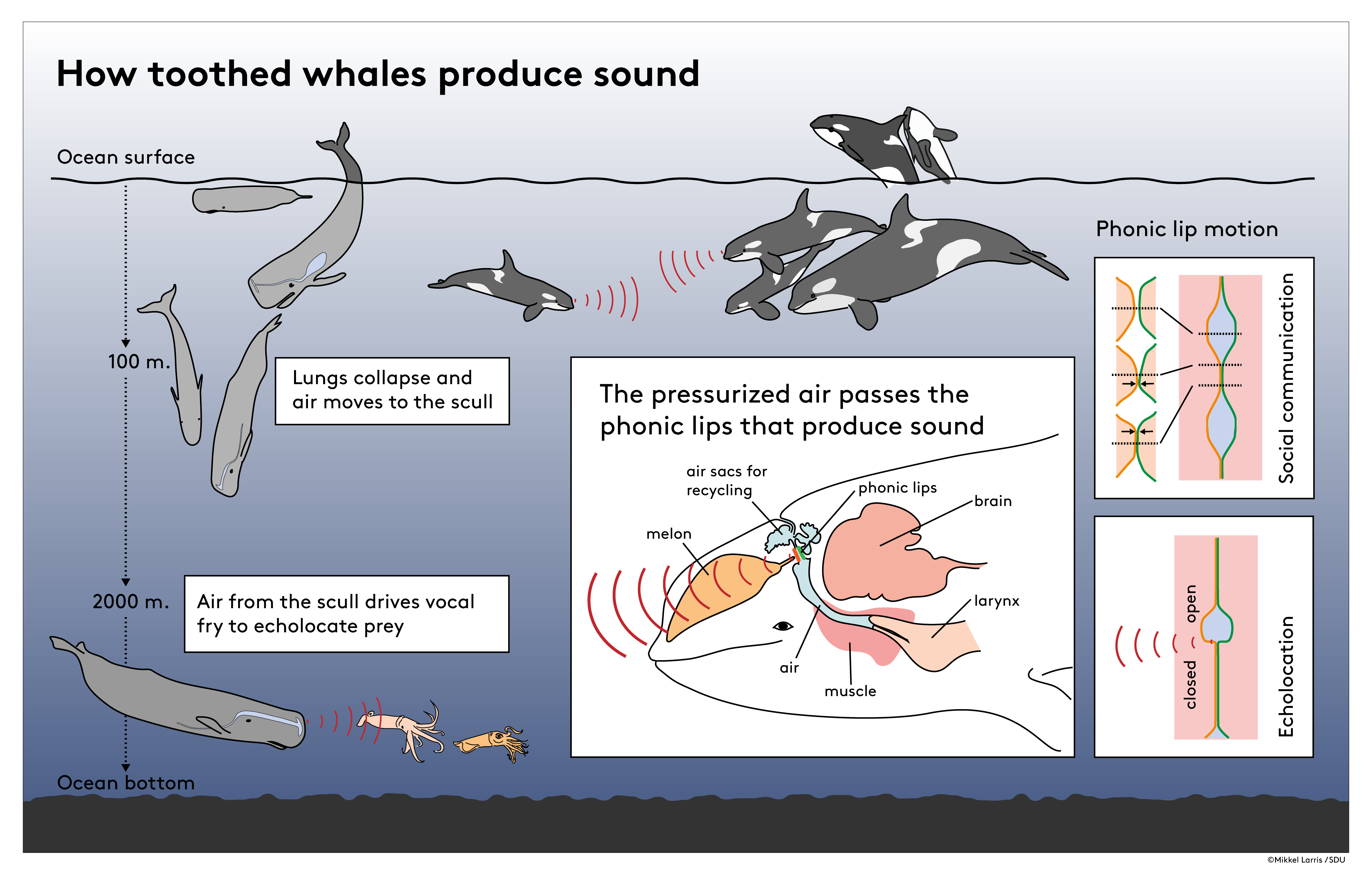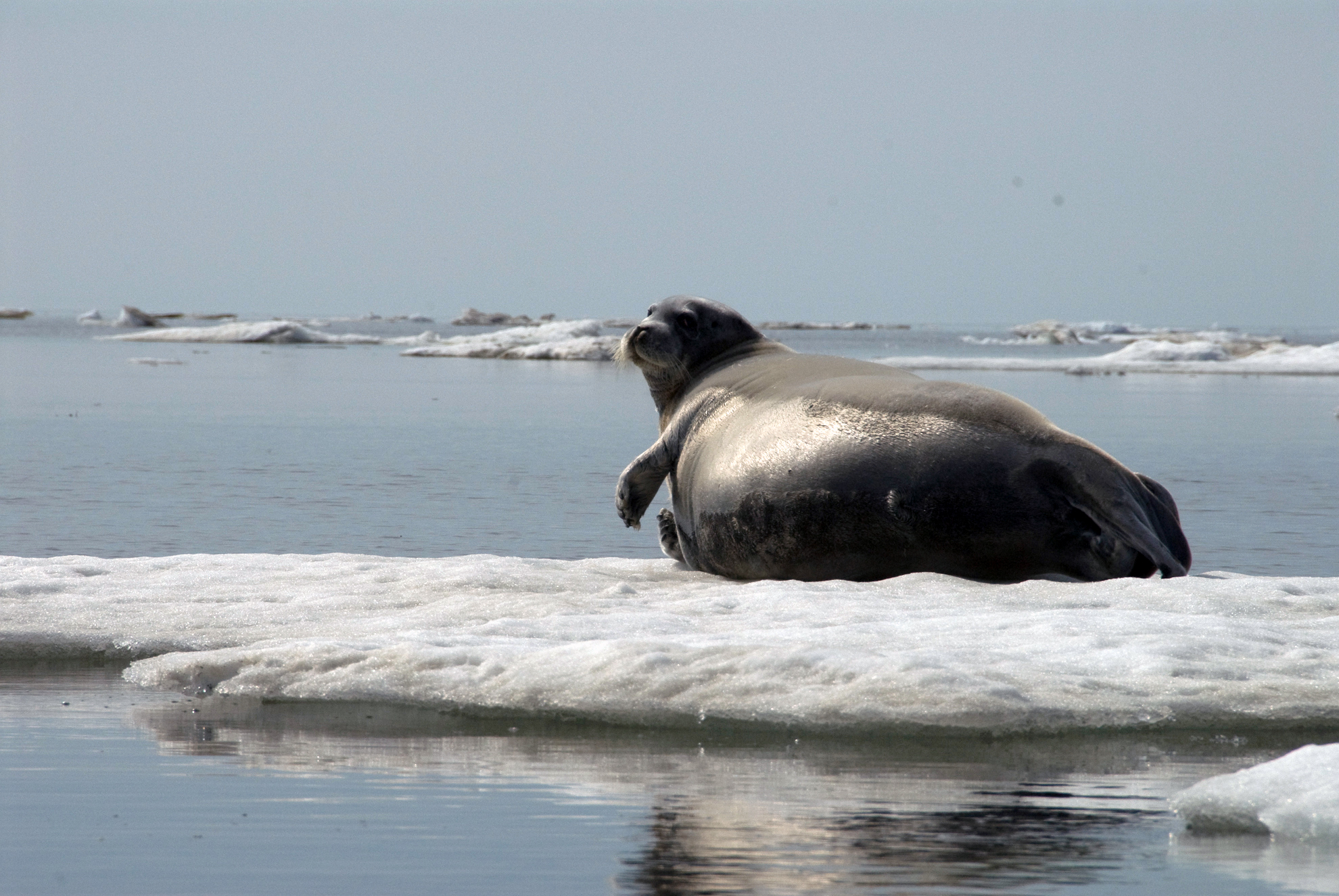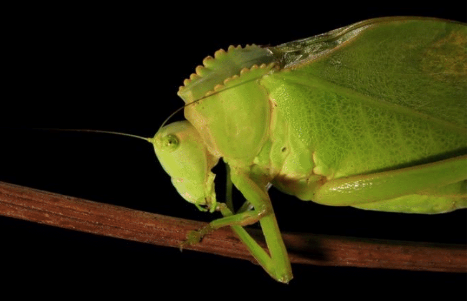For the first time, researchers have estimated the Spotted Owl population across the entire Sierra Nevada ecosystem.
Tag: Bioacoustics

Toothed whales catch food in the deep using vocal fry
Dolphins and other toothed whales are large brained top predators that captivate our imagination; they are extremely social, they cooperate, and can hunt prey down to 2 km deep in complete darkness with echolocation.
DeepSqueak Tool Identifies Marine Mammal Calls #ASA182
As the size and number of acoustic datasets increase, accurately and quickly matching the bioacoustics signals to their corresponding sources becomes more challenging and important. This is especially difficult in noisy, natural acoustic environments. At the 182nd ASA Meeting, Elizabeth Ferguson, from Ocean Science Analytics, will describe how DeepSqueak, a deep learning tool, can classify underwater acoustic signals. It uses deep neural network image recognition and classification methods to determine the important features within spectrograms, then match those features to specific sources.
Study shows a whale of a difference between songs of birds and humpbacks
These findings challenge the results of past studies that vocal variations in humpback whale songs provide information about a singer’s reproductive fitness.
Gift to establish K. Lisa Yang Center for Conservation Bioacoustics
The Cornell Lab of Ornithology’s Center for Conservation Bioacoustics will begin a new era of innovation thanks to a major gift from the philanthropist and Lab Advisory Board member K. Lisa Yang.

Bearded Seals Are Loud—But Not Loud Enough
A study conducted by the Cornell Lab of Ornithology’s Center for Conservation Bioacoustics aims to understand how resilient bearded seals can be to changes in ambient underwater noise.
Study contradicts belief that whales learn songs from one another.
A new study by a University at Buffalo researcher is directly contradicting the widely accepted cultural transmission hypothesis suggesting that whales learn their songs from other whales.
“It seems like that is not correct,” says Eduardo Mercado, a professor of psychology in UB’s College of Arts and Sciences. “Our findings indicate that neither cultural transmission nor social learning contributes significantly to how humpback whales change their songs over time.

What Did the Katydids Do When Picking Up Bat Sounds?
Ecosystems can be incredibly complex, with many interacting species. In many habitats, predators shape they behavior of prey and prey shape the behavior of predators. This paper provides a detailed look at the predator-prey relationship between bats and katydids, a group of insects related to crickets and grasshoppers.